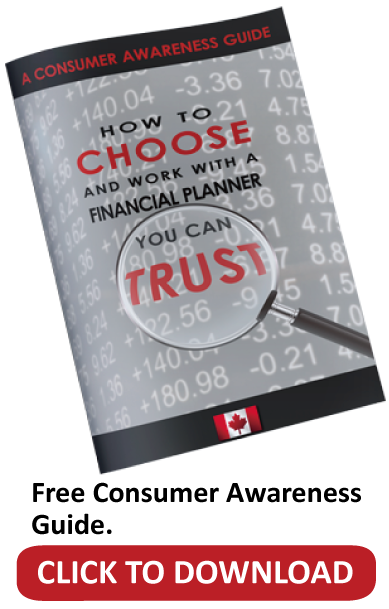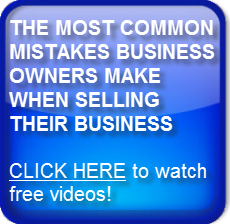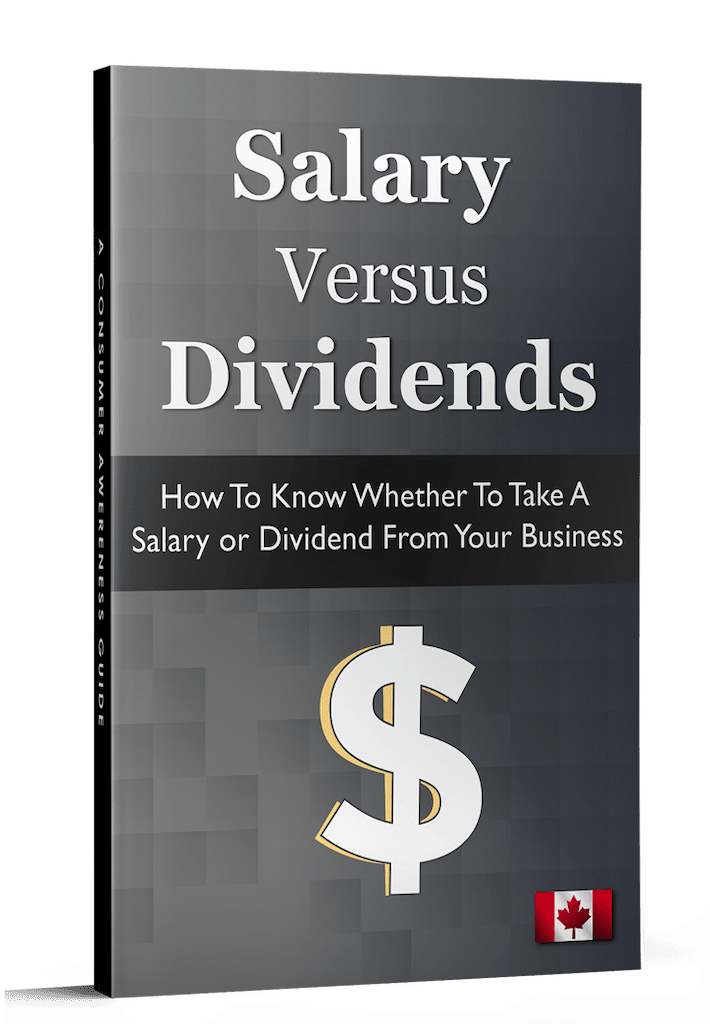Republished with permission from Built to Sell Inc.
This month’s article looks at the recent announcement that Facebook has acquired messaging service WhatsApp and uses it as a platform to discuss the topic of strategic acquisition. The article also shares five ways your clients can position their company to be bought by a strategic.

Photo by: Sam Azgor licensed under Creative Commons Attribution 2.0 Generic
Did you see the news that Facebook has recently acquired Internet messaging service WhatsApp for $19 billion? It represents the largest-ever acquisition of an Internet company in history.
WhatsApp is a pearl for sure. The messaging service allows users to avoid text-messaging charges by moving texts across the Internet instead of the mobile phone carrier networks. This can save people who travel, or who live in emerging markets, hundreds of dollars a year, which is why WhatsApp is adding one million new users per day.
At the time of the acquisition in February 2014, WhatsApp had acquired some 450 million users. Their business model is to charge a subscription of $1 per year after their first full year of service. Even if all 450 million WhatsApp users were already paying, that is still less than half a billion in revenue. Why would Facebook acquire WhatsApp for a number that is somewhere north of 40 times revenue?
Nobody know for sure what is in Mark Zuckerberg’s head, but we can only assume that at least part of the opportunity Facebook sees is the opportunity to sell more Facebook ads because of the information they glean from WhatsApp users. Global advertising giant Publicis estimates 2013 online advertising spending in the US alone to be around $500 billion. Presumably Facebook believes they can get a larger chunk of the global online ad buy because they know more about its users by owning WhatsApp.
And therein lies the definition of a strategic acquisition. Most acquisitions run a predictable pattern of industry norms, but a strategic can pay a significant premium for your business because they are looking at your business for what it is worth in their hands. Rather than forecasting out your future profits and estimating what that cash is worth in today’s dollars, a strategic is calculating the economic benefit of grafting your business onto theirs.
There can be many strategic reasons why a big company might want to buy yours. Here are a few to consider:
1. To control their supply chain
In 2011, Starbucks announced it had acquired Evolution Fresh, one of their providers of juice drinks, for $30 million. Now Starbucks is no longer beholden to one of its suppliers.
2. To give their sales people something else in their briefcase
Also in 2011, AOL announced the acquisition of The Huffington Post for $315 million, even though HuffPo had just turned its first modest profit on paper. AOL wanted to give its advertising sales people more inventory to sell and HuffPo had 26 million unique visitors a month.
3. To make their cash cow product look sexier
Microsoft bought Skype for $8.5 billion dollars even though Skype was losing money. The good folks in Redmond must have assumed they could sell more Windows, Office and Xbox by integrating Skype into everything they already sell.
4. To enter a new geographic market
Herman Miller paid $50 million to acquire China’s POSH Office Systems in order to get a beachhead into the world’s fastest growing market for office furniture.
5. To get a hold of your employees
Facebook reportedly acquired Internet start-up Hot Potato for $10 million, largely to get hold of the talented developers working at the company.
Most acquisitions are done for rational reasons where an acquirer agrees to pay today for the rights to your future stream of cash. You may, however, be able to get a significant premium for your company if you can figure out how much it is worth in someone else’s hands.
Why not find out now if your business is sellable?
This free online tool is the only no-risk step you can take to determine if your business is ready to get full value. Fast-track your analysis by taking advantage of this free, no-obligation free online tool.
This Sellability Score you instantly receive is a critical component to any business owner’s complete financial plan and is something that, until now, we have only made available to existing clients.
However, we recognized that there is value in knowing in advance of working with a financial planner whether or not your largest asset is ready to be exchanged for your retirement nest egg. Our view is that you are better to learn more about your businesses sellability today and find out how your business scores on the eight key attributes so that you can ensure you obtain full value.
If your business part of your retirement plan, finding out your sellability score will be the best 10 min. you could ever spend working “on” your business.
Take the Quiz here: The Business Sellability Audit
 For more free information on Creating A Business Owner’s Dream Financial Plan, you can listen to a free, eight part series we did exclusively for business owners. The show is also available to subscribe to for free via iTunes.
For more free information on Creating A Business Owner’s Dream Financial Plan, you can listen to a free, eight part series we did exclusively for business owners. The show is also available to subscribe to for free via iTunes.














